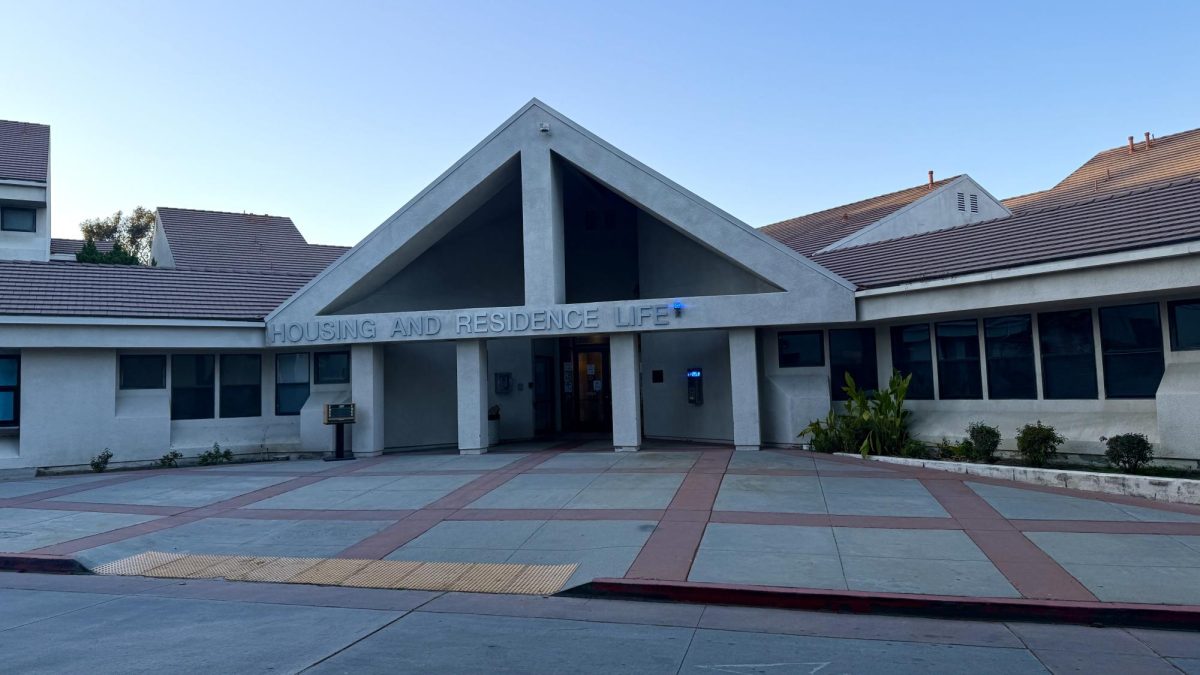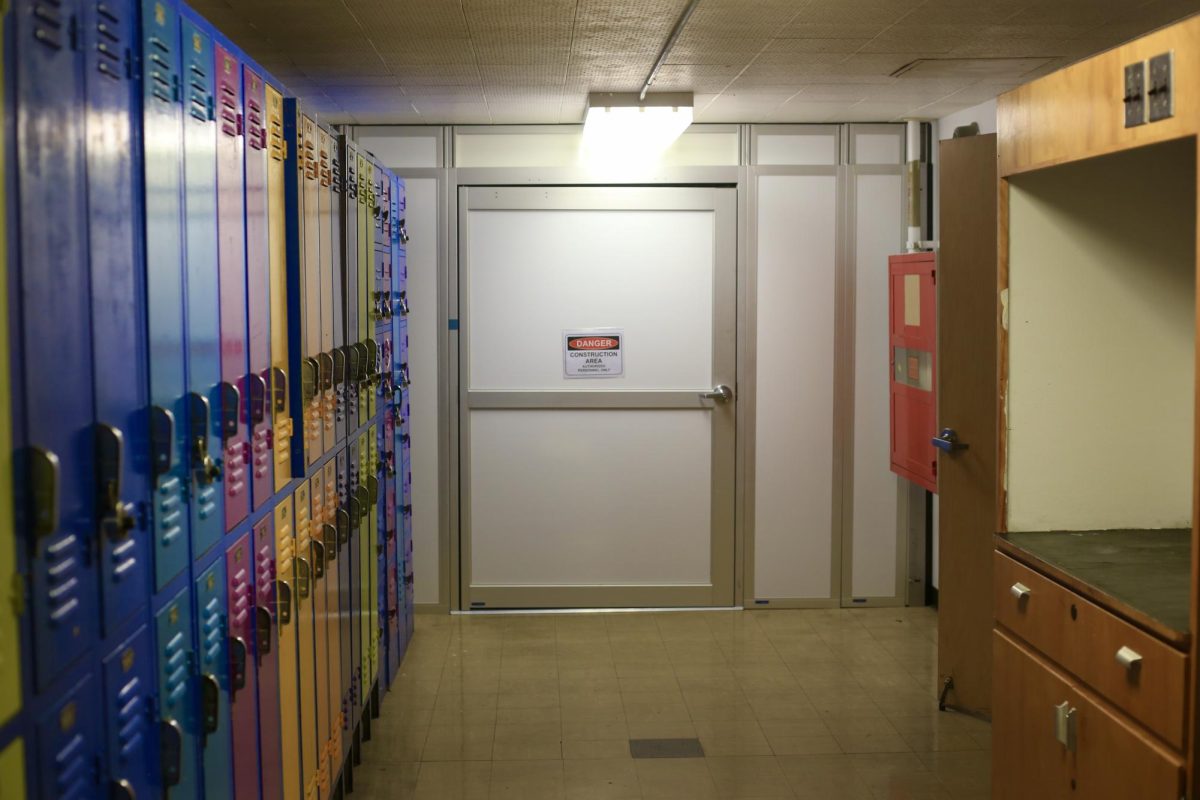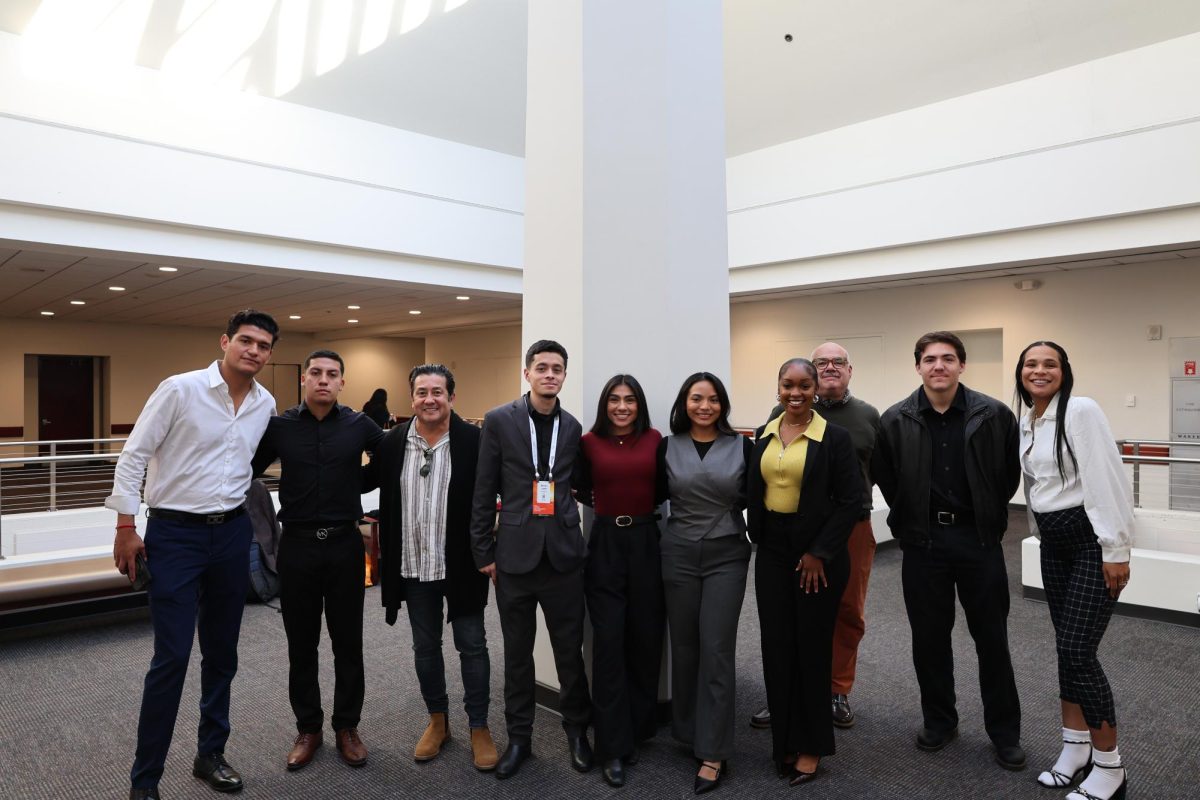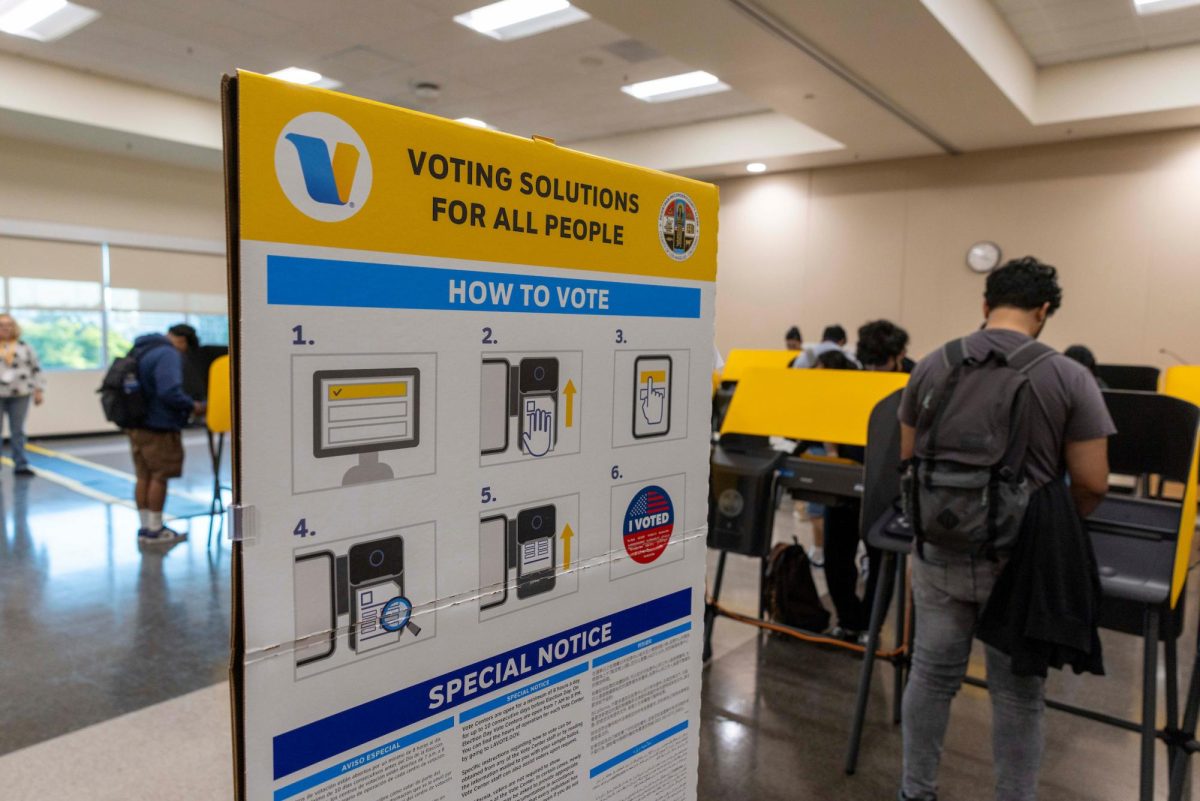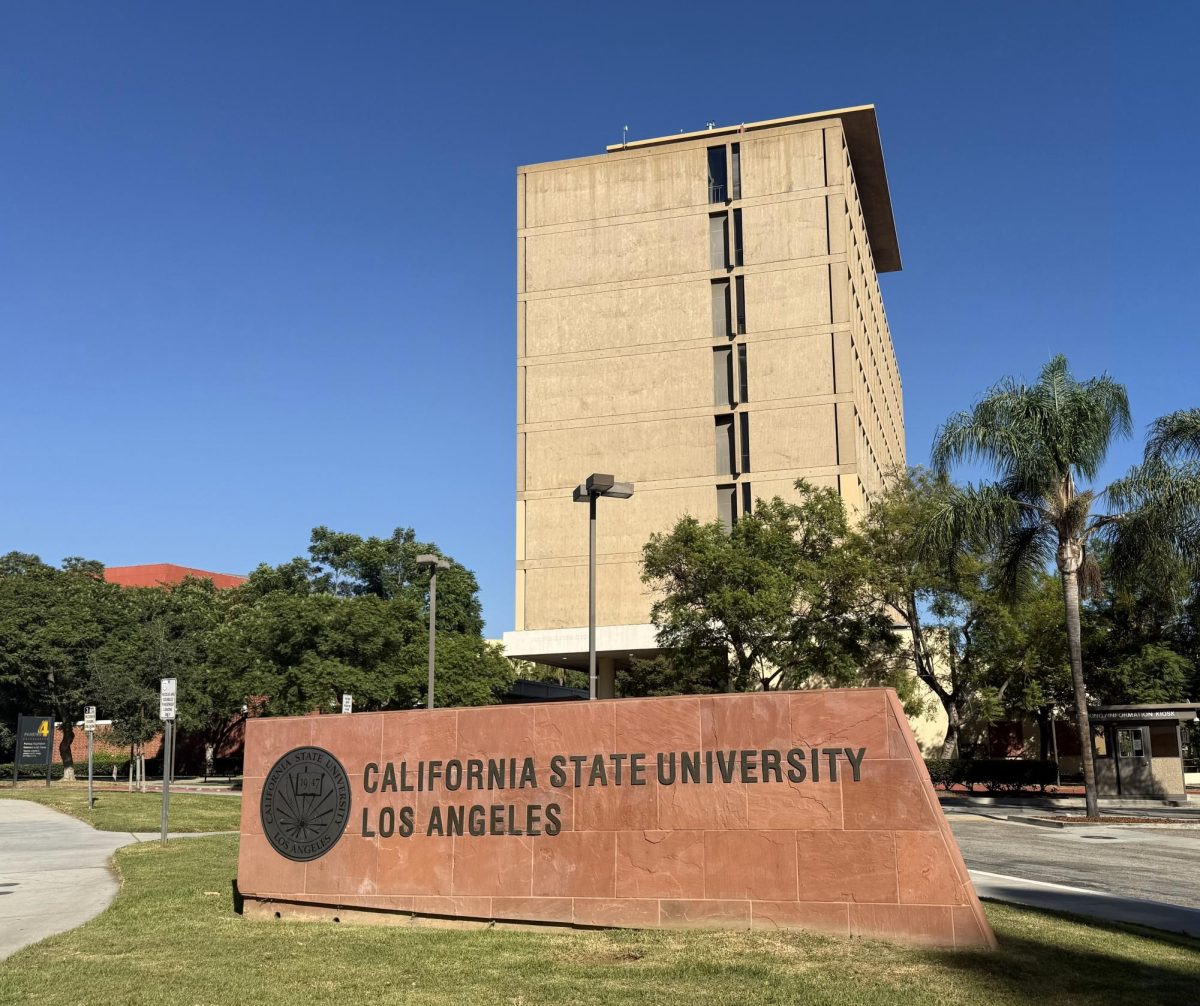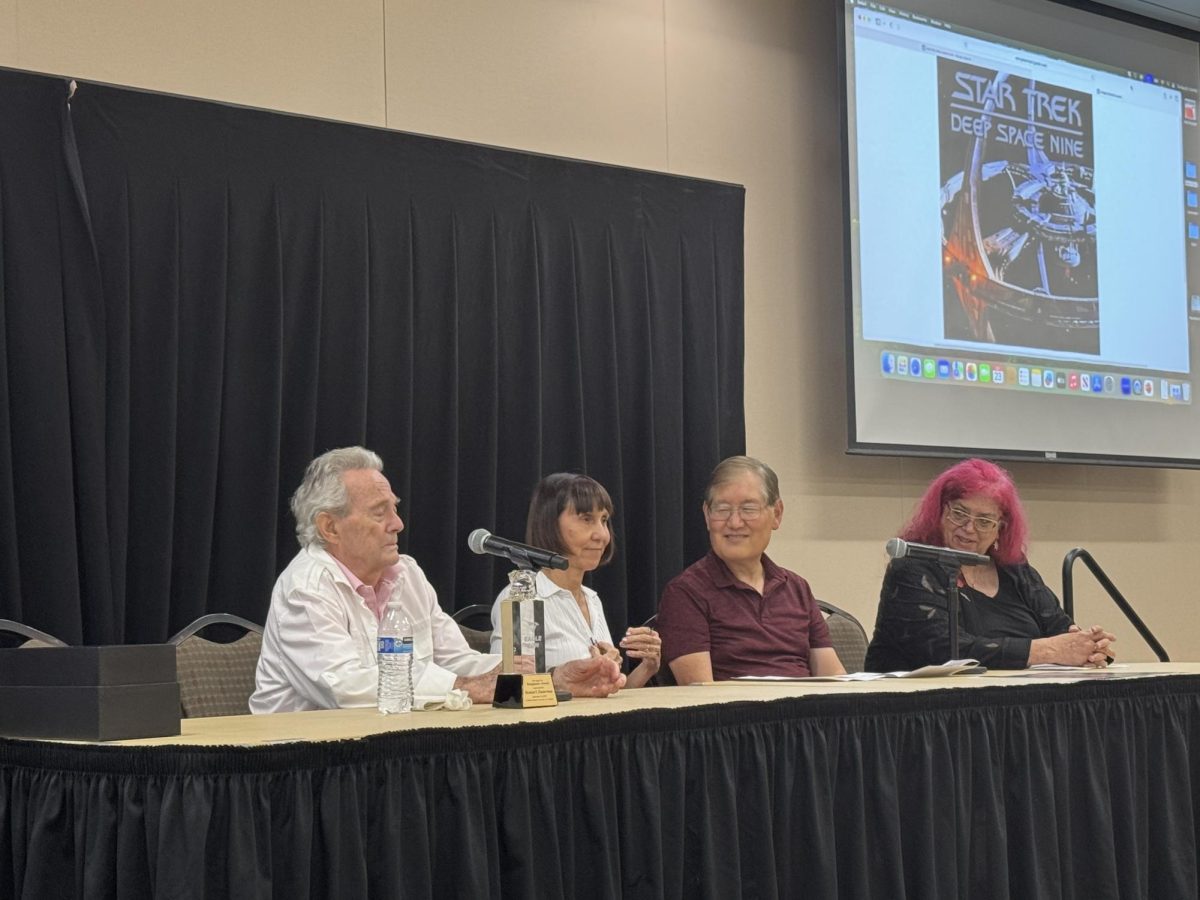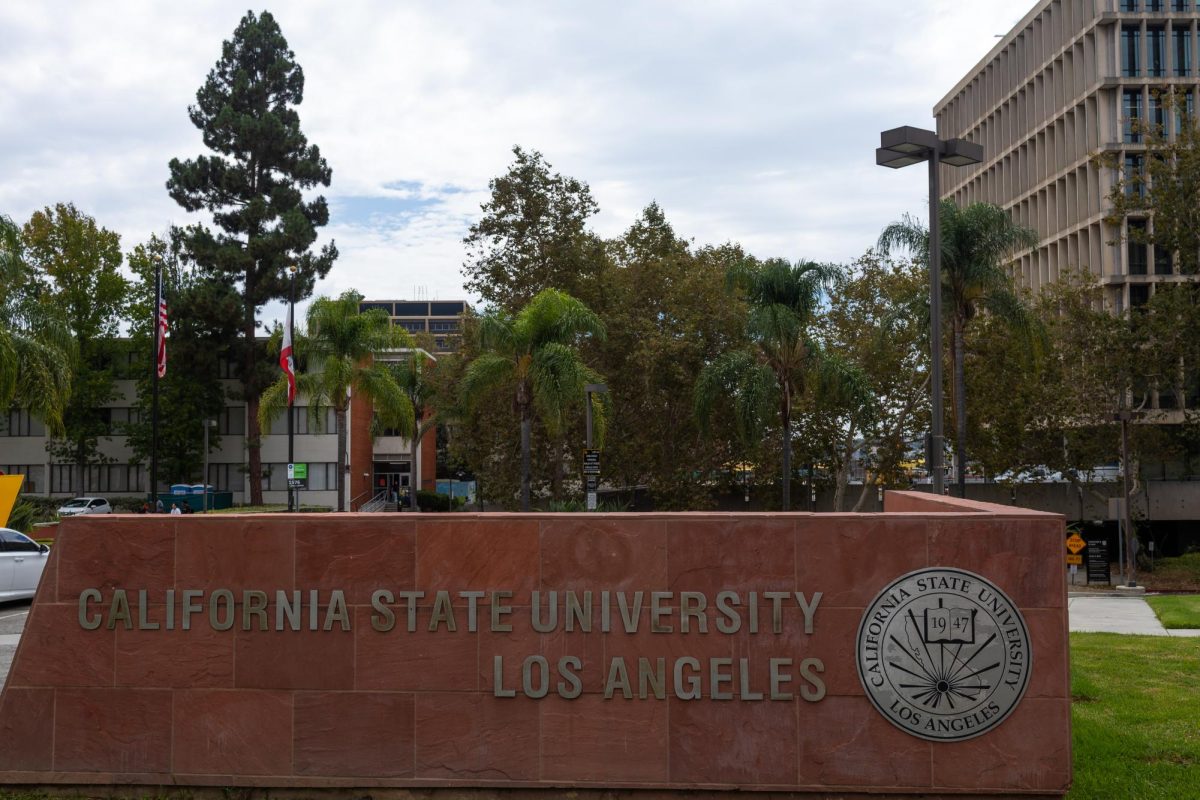Incoming student residents looking to live on campus will have to stay in the South Village towers, according to a policy update from Housing and Residence Life. In an email sent to students on April 9, the housing department announced that new residents 23 and under will be assigned to South Village Tower Three.
This new update also changes the age requirements for the campus apartments and requires all residents to have a meal plan, no matter what space they are assigned. Returning residents turning 21 can either move into the Phase I and II apartments or stay in the South Village dorms. Graduate students will still have the option to remain in the apartments.
This will allow Housing and Residence Life to make improvements to the apartments, according to Luis Roland, the director of Housing and Residence Life.
“This update allows us to better support students at different stages of their college journey. South Village was designed to foster a strong sense of community and provide more structure, something especially valuable for newer students,” Roland told the University Times. “At the same time, we’re making sure that returning residents who are turning 21 still have the opportunity to live in our apartments, which offer more independence.”
This update was made to continue the repair and improvements that will happen during the summer.
Kevin Flores is a second-year student who lives in the South Village towers. He called the update “pretty crazy” and said the required meal plan was a shock because of the cost it would bring to him.
“It is unnecessary and a financial burden to myself, personally,” he said.
Flores also spoke on his experience with the towers.
“The towers are pretty nice and new, however, the ventilation is the worst,” Flores said. “It feels stuffy and nasty inside the room because of the lack of windows.”
According to the University website, the construction of the South Village began in 2020 and was completed in fall 2021. The Phase I and Phase II apartments have been around since the 1980s, with Phase I being completed in June 1984, and Phase II in September 1987.
This article was first published in the April 25 print edition of the University Times.

